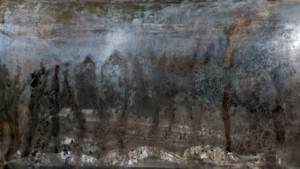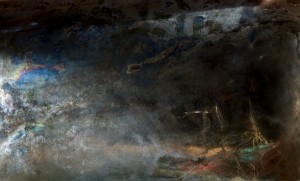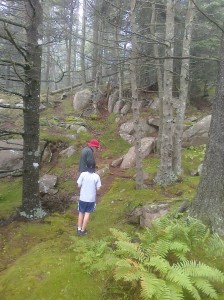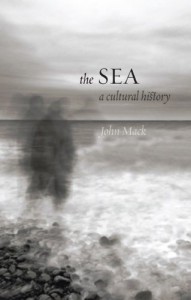 I must admit I chuckled when I read, in the second half of Stephen Greenblatt’s elegantly-written book on the rediscovery of Lucretius, that the intellectual conflict between Lorenzo Valla and Poggio Bracciolini sounded so much like the Yale seminar room in the late 90s —
I must admit I chuckled when I read, in the second half of Stephen Greenblatt’s elegantly-written book on the rediscovery of Lucretius, that the intellectual conflict between Lorenzo Valla and Poggio Bracciolini sounded so much like the Yale seminar room in the late 90s —
How can the conflict between these two sharply opposed interpretations be resolved? Which is it: subversion or containment? (224)
The attendant self-citation to the earliest form of “Invisible Bullets” in Glyph (1981) was a kind of cipher, gesturing subtly to a whole host of scholarship and intellectual pretzel-making back in the New Historicist day.
But The Swerve isn’t about re-plowing old fields, or even making magisterial pronouncements. It’s a smart, wonderfully-written — his prose has always been Greenblatt’s calling card, at least for me — detail-rich portrait of the way a single poem can come to stand for an ancient strain of inquiry that resurfaced powerfully in 16c Europe. Unlike the New Yorker excerpt, the printed version doesn’t harp on the “Dark Ages” that preceded the Renaissance, a term that my medievalist colleagues will rightly bristle at. Instead it’s a detailed picture of the life of Poggio the book-man.
Lots of fun, really. There might be a semi-allegory or commentary on modern academic politics, or perhaps international institutions such as the American Academy in Rome, where much of the book was written. But mostly I just read it for fun.











